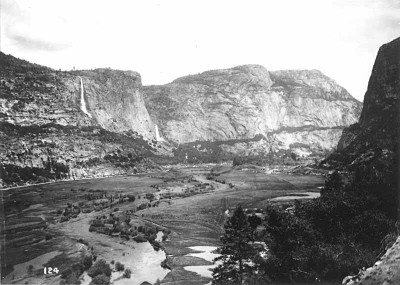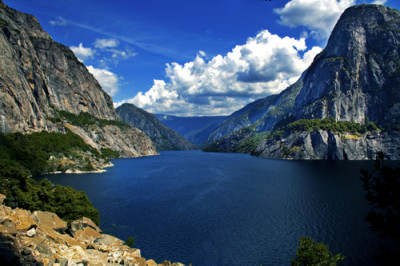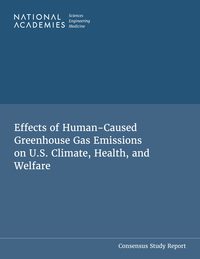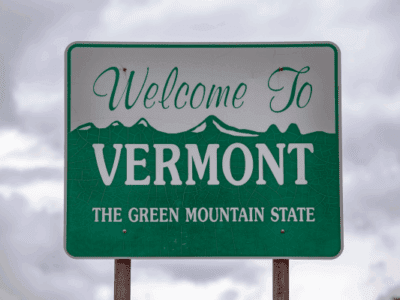The Battle to Restore Hetch Hetchy Valley Moves to the Courts
New Lawsuit Claims Dam and Reservoir in Yosemite National Park Violate California Constitution

This week, the longstanding battle over the dam and reservoir that have for a century flooded Yosemite National Park’s storied Hetch Hetchy Valley moves to the courts.
A new lawsuit, filed by conservationists on the 177th anniversary of John Muir’s birth, asserts that the City of San Francisco’s continued operation of O’Shaughnessy Dam and Hetch Hetchy Reservoir on the Tuolumne River within the Park violates Article X, section 2 of the California Constitution. Specifically, Restore Hetch Hetchy, the organization that brought the lawsuit against San Francisco, claims that continued maintenance of the dam and reservoir in one of Yosemite’s most spectacular areas, constitutes an “unreasonable method of diversion” of water that violates state constitutional standards.

The petition, filed Tuesday in Tuolumne County Superior Court, can be accessed here. (In the interest of full disclosure, I serve as one of the attorneys representing Restore Hetch Hetchy in this litigation.)
I previously wrote about the contentious, century-old battle over Hetch Hetchy Valley in a post published on the occasion of the 100th anniversary of Congress’ 1913 passage of the Raker Act in December 2013. It was that federal legislation that authorized the City of San Francisco to build a dam across the Tuolumne River that would flood the Hetch Hetchy Valley in Yosemite National Park in order to deliver water supplies to San Francisco residents and businesses. (Critically, however, that and related federal legislation required that the project fully comply with California state water laws.)
Passage of the Raker Act marked the greatest political defeat of John Muir, America’s most famous conservationist and founder of the Sierra Club. Some historians and biographers go so far as to attribute Muir’s death in 1914 to his heartbreak over Muir’s inability to keep his beloved Hetch Hetchy Valley from being flooded.
Fast forward to 2015. Bay area businesses and residents have for a century enjoyed the cheap water provided by the dam and reservoir that have inundated the Hetch Hetchy Valley. At the same time, no one today would seriously propose the flooding of a key part of one of America’s most famous and revered national parks for such offsite uses. That’s especially true when studies show that San Francisco can fully meet its water demands through relatively modest modifications to the much larger New Don Pedro Dam and reservoir downstream on the Tuolumne–outside Yosemite’s boundaries.
In sum, Restore Hetch Hetchy’s lawsuit provides a welcome forum for a long-overdue debate over whether O’Shaughnessy Dam and Hetch Hetchy Reservoir should be removed from Yosemite and the Hetch Hetchy Valley restored to its original splendor and ecological health. (Muir and others of his generation observed that the Hetch Hetchy Valley was an equally-stunning counterpart to Yosemite Valley, located just to the southeast and the most heavily-visited portion of Yosemite National Park.)
Both California’s Constitution and strong public policy considerations strongly support conservationists’ argument that the Hetch Hetchy Valley should be restored to its natural, spectacular condition.
Restore Hetch Hetchy.
Reader Comments
3 Replies to “The Battle to Restore Hetch Hetchy Valley Moves to the Courts”
Comments are closed.







California is in the middle of one of the worst droughts on record, and you’re seriously advocating the elimination of the water supply for 2.5 million people?
First, Hetch Hetchy Reservoir is one of 9 in San Francisco’s system. It accounts for only about 1/8 of the storage in the Tuolumne watershed.
The petition recommends SF be given adequate time to develop and implement a plan to ensure zero loss of supply – so the drought is a non issue.
Not one drop need be lost.
That is not a current photograph of Hetch Hetchy Valley today. The real picture is one with an ugly “bathtub” ring around it because the water has not been kept as high as shown in the picture for quite some time.